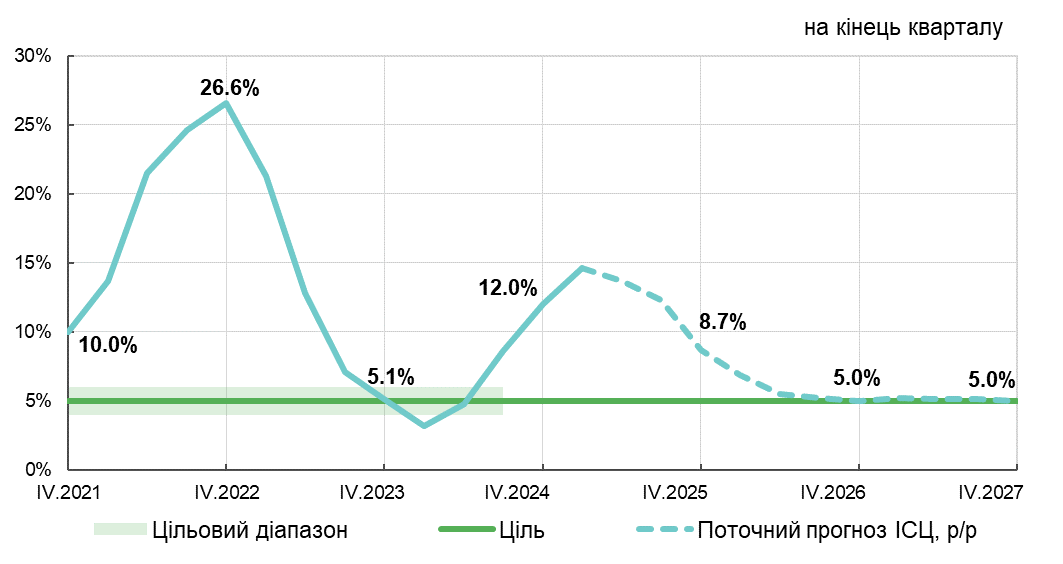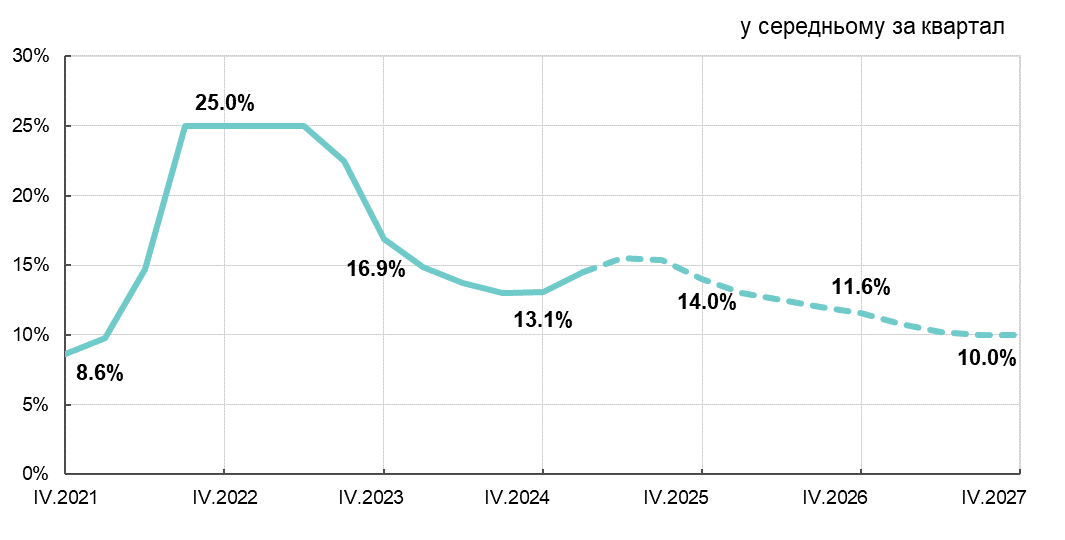Коментар з ВВП
Пресреліз
- Про Національний банк
- Захист прав споживачів
- Монетарна політика
- Фінансова стабільність
-
Нагляд
- Банківський нагляд
- Ліцензування банків
- Ліцензування небанківських установ
- Авторизація учасників платіжного ринку
- Нагляд за ринком небанківських фінансових послуг
- Регулювання ринку небанківських фінансових послуг
- Реорганізація, припинення та ліквідація
- Фінансовий моніторинг
- Впровадження cуптех та регтех
- Регуляторна платформа
- Платежі та розрахунки
- Фінансові ринки
- Статистика
- Гривня
- Новини
Монетарна політика
Ми дбаємо про добробут громадян та держави, забезпечуючи цінову та фінансову стабільність як запоруку стійкого економічного зростання















